I am attempting to figure out this "RCD Snubber" as seen below:
The Eval Sheet says "The resistor capacitor diode (RCD) snubber for the two synchronous rectifiers consists of R3, C29, and D4 for one SR, and D3, C30, and R35 for the other SR."
However it is not like the RCD snubbers that I have encountered.this is confusing to me due to the damping resistor bypassing the Switch Node and going straight to the output cap and the 10K value used is well beyond the time constant that I would expect for a snubbing resistor.
Note: The Eval CCA Datasheet states a 300 kHz switching frequency.
The secondary side switches have the same architecture, thus we can focus in on Q6, D16, D3, C30, and R35.
The RCD clamp that I am familiar with is shown here:

Of course the main the difference is the resistor's attachment point being moved from the Switch Node to the Converter's output. This seems to be recovering the ringing energy instead of dissipating it as in a traditional RCD snubber.
As previously stated the eval datasheet states this to be a "RCD Snubber" so not knowing what it was doing I simulated it.
This to me proved that it was something different.
Thus my Question to you guys is what is the purpose of this circuit?
Thank you all in advance, Carlo

